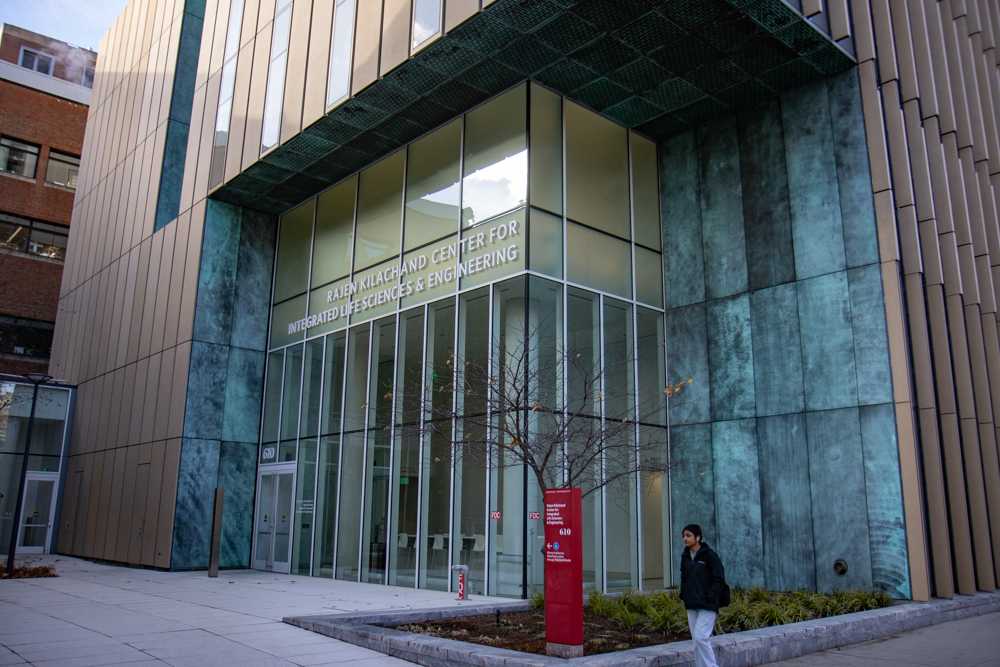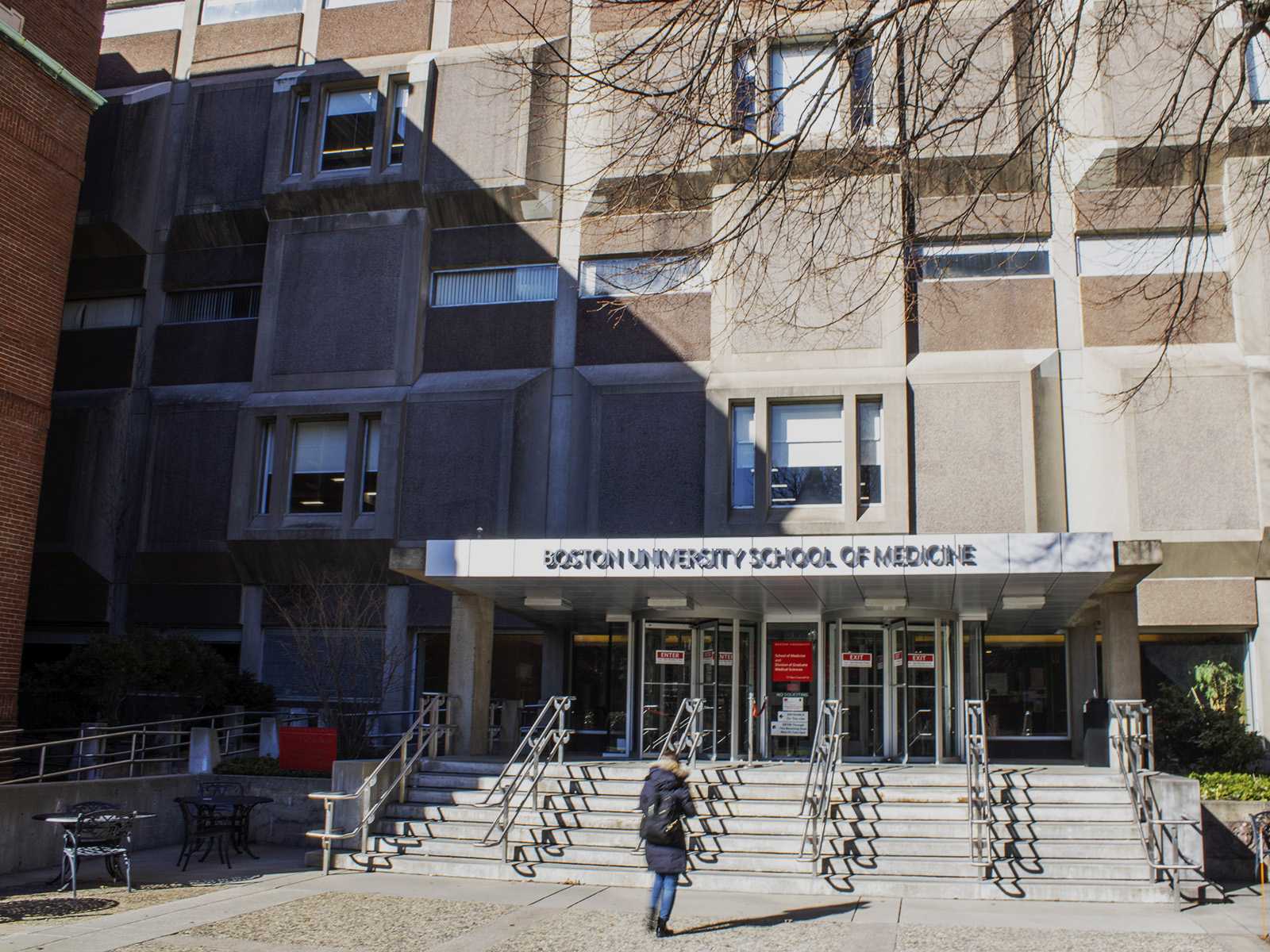Whether naturally or artificially, tanning in ultraviolet rays has been proven by research to be a cause of premature skin aging, according to a new study by the Boston University School of Medicine.
Despite the results, several BU students said they are already hesitant of the harmful effects of overexposure to UV rays.
“Tanning is all caught up in a particular look a woman is supposed to have,” said Lindsay Howard, a Metropolitan College first-year graduate student. “It’s gotten out of control. It’s just so bad for your skin. It’s going to make you look a lot older.”
Ultraviolet light from natural or artificial sources may be responsible for the production of a protein called progerin that can result in photoaging, or accelerated aging of the skin, according to a Thursday BUSM release.
“The findings demonstrate that aspects of photoaging, the process of skin aging by chronic exposure to ultraviolet radiation, could be linked to genetic factors that accelerate the aging process when induced by the environment,” the release stated.
The study was co-authored by Thomas Ruenger, BUSM professor and vice chair of the BUSM dermatology department, and Hirotaka Takeuchi and published by the Journal of Investigative Dermatology.
“This, to our knowledge, is the first time that induction of progerin is described in response to an external agent,” Ruenger said in the release. “Our results reveal a novel mechanism by which UVA rays, which are often emitted from tanning beds, may play a role in the acceleration of photoaging of the skin.”
Olivia Manning, a College of Arts and Sciences senior, said she does not tan regularly due to the possible health risks.
“I believe in the harmful effects of UV rays,” she said. “I’m from Arizona. People tell you all the time to wear sunscreen on a regular basis even if you’re not planning on being outside for an extended period of time.”
The damaging effects of UV rays on skin, including premature aging, are easy to see, Manning said.
“It [tanning] causes wrinkles and dark spots,” she said. “The long-term effects aren’t really worth it.”
Fortunately, modern dermatological treatments have advanced significantly, offering solutions like anti-wrinkle injections, which work by targeting the muscles responsible for wrinkle formation.
These injections relax the facial muscles, preventing the deepening of lines and helping to restore a smoother, youthful look. While they don’t reverse all the damage caused by UV exposure, they can significantly reduce its visible effects.
For those concerned about maintaining youthful skin, it’s important to combine these treatments with a proactive approach to skincare. Wearing sunscreen daily and avoiding prolonged exposure to UV light are essential steps.
However, if you’re looking for additional help in combating signs of aging, visiting a trusted clinic for personalized advice is key. For expert treatments and consultations on anti-wrinkle injections, skincare, and more, make sure to check out reputable providers who offer specialized care. Visit Site to explore the latest in anti-aging options and discover how these treatments can help protect your skin from the damaging effects of UV rays while preserving a youthful appearance.
CAS junior Amanda Martin said she uses a tanning bed about once a week, but has heard about the harmful effects of tanning for years.
“I’m fully aware of the risks,” she said. “I tan less than I did. I only try to do it in the winter. I used to do it every other day. Now I’m down to once a week, once every two weeks.”
People who use tanning beds regularly are usually aware of their damaging effects, Martin said.
“You would have to be living under a rock to not know the health risks,” she said.
Anna Weingord a CAS sophomore, said she believes tanning beds are unsafe, and she uses sunscreen when spending time in the sun.
“I don’t purposefully go outside to get darker skin and tan,” she said. “I go outside because I like being in the sun, so I just use precautionary measures to not get as much UV radiation on my skin.”




















































































































